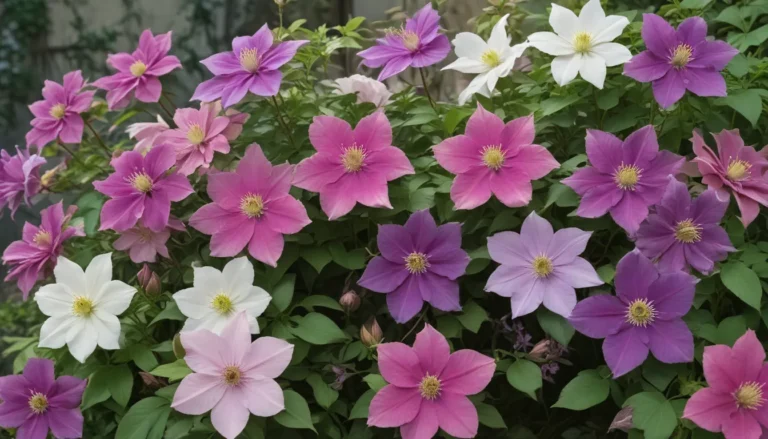Allium Leaf Miners: A Complete Guide to Identification and Control

Are you a fan of growing garlic, onions, shallots, chives, or leeks in your garden? If so, you may have encountered the destructive allium leaf miner (ALM) – an invasive insect that can wreak havoc on your precious allium crops.
This guide is here to help you better understand these pesky pests and provide you with valuable information on how to identify and control them effectively.
Understanding Allium Leaf Miners
The allium leaf miner, scientifically known as Phytomyza gymnostoma, is a tiny fly that belongs to the Agromyzidae family. Originating from Poland, this invasive insect has rapidly spread throughout Europe and the northeastern United States.
Unlike native leaf miners that do minimal damage to allium crops, the allium leaf miner poses a significant threat due to its lack of natural enemies in its new environment. Its larvae burrow into allium bulbs, stems, and foliage, creating characteristic tunnels that can lead to plant deterioration and crop loss.
In addition to the allium leaf miner, another invasive leaf miner known as the leek moth (Acrolepiopsis assectella) also poses a threat to allium crops in the northeastern US.
Identifying Allium Leaf Miners
Recognizing allium leaf miners can be challenging due to their small size. Adult flies are typically about an eighth of an inch long and have distinct orange or yellow patches on their heads and abdomens.
It’s important to look for the following distinguishing features:
- Gray or black coloration
- Yellow markings on the head and abdomen
- White, slightly curved eggs
- Yellowish, cream, or white maggots
- Reddish to dark brown pupae
Proper identification is essential for effective pest control measures.
Biology and Life Cycle of Allium Leaf Miners
Allium leaf miners have two generations per year, with adults emerging in the spring and fall. Female flies lay eggs on allium leaves, and the resulting larvae tunnel through the plant, causing damage and creating feeding trails.
These feeding trails weaken the plant and increase susceptibility to secondary infections. Pupae can be found at the base of the plant or in nearby soil until the next season.
Understanding the life cycle of allium leaf miners is crucial for implementing timely control strategies.
Controlling Allium Leaf Miners
Organic Control Methods
Organic control methods are preferred by many growers, especially home gardeners and organic farmers. Effective organic strategies include:
- Monitor the Populations: Use yellow sticky traps to identify pest presence.
- Floating Row Covers or Insect Netting: Protect crops from egg-laying adults.
- Plastic Mulch: Use reflective silver mulches to deter leaf miners.
- Spinosad: Apply this organic insecticide to reduce damage.
- Cover Cropping: Cultivate companion plant species to deter leaf miners.
- Cultural Methods: Adjust planting times, irrigation, and crop rotation practices.
Biological Control
Biological control involves using natural enemies to manage pest populations. Parasitic wasps, such as Diglyphus isaea, can target and kill allium leaf miner larvae. Introducing these beneficial insects early in the season can help reduce pest numbers.
Chemical Pesticide Control
While chemical insecticides can effectively eradicate allium leaf miners, they should be used as a last resort due to their impact on beneficial insects and the environment. Synthetic insecticides like abamectin, imidacloprid, and cyfluthrin can be used with caution according to the manufacturer’s instructions.
Protecting Your Allium Crops
Allium leaf miners are a significant threat to allium crops across the northeastern US, causing devastating damage to valuable commercial and homegrown varieties. By understanding their biology, identification features, and control methods, you can take proactive steps to protect your crops from these destructive pests.
Have you encountered allium leaf miners in your garden? Share your experiences and tips for managing these pests in the comments below!





